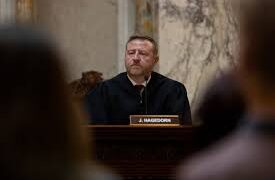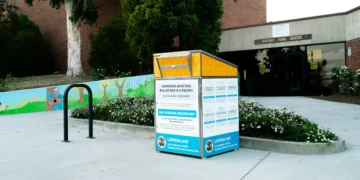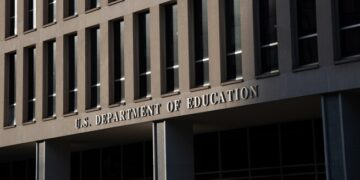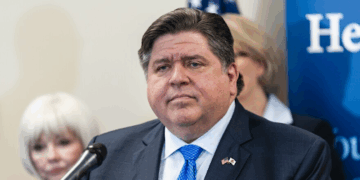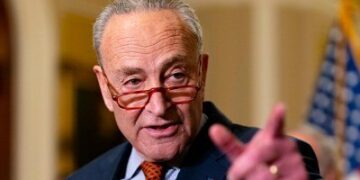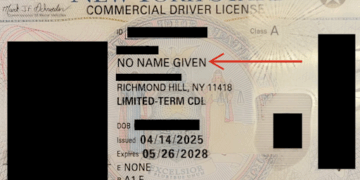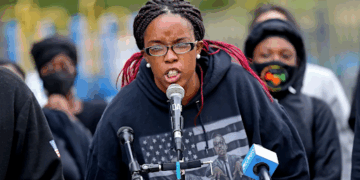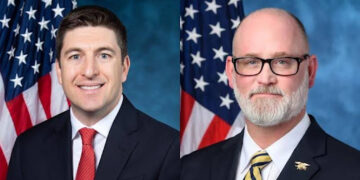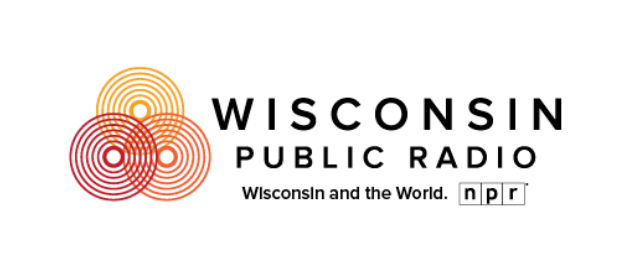President Trump’s executive order cutting off federal funding for public broadcasting will save taxpayers nearly $8.5 million a year in Wisconsin alone, with no plans by state Republicans to replace the loss with state dollars.
The move affects grants from the Corporation for Public Broadcasting (CPB) that fund Wisconsin Public Radio (WPR), PBS Wisconsin, and their affiliates. State Rep. Alex Dallman (R-Markesan), a member of the Joint Committee on Finance, said the Legislature won’t backfill the shortfall.
“I will say we won’t be adding any funding to make up for these federal cuts,” Dallman told the Badger Institute. He also cited longstanding Republican frustration with perceived bias in WPR and PBS Wisconsin coverage, and the lack of legislative oversight over how the University of Wisconsin System spends money.
RELATED: Wisconsin Lawmakers Seek to Ban Public Funding for Guaranteed Income Programs
“Even if we wanted to cut state funding for public broadcasting, we’ve found on other issues that the UW System just moves money around to cover for it,” Dallman said. “They find the money, so it’s a roundabout.”
Federal and State Funding Breakdown
In fiscal year 2024, the CPB issued $8.5 million in grants to public broadcasters across Wisconsin. WHA in Madison, the hub for WPR and PBS Wisconsin, received $2.76 million—13.2% of its total $20.9 million revenue. Milwaukee PBS, which operates independently from PBS Wisconsin under Milwaukee Area Technical College, received $2.05 million in federal funding.
Smaller stations rely even more heavily on federal dollars. WXPR in Rhinelander, for example, reported that nearly 20% of its revenue came from the CPB. In contrast, Milwaukee’s WUWM, also independent from WPR, received just 6.2% of its funding from the CPB.
RELATED: Millions Spent, Little Tracked: Wisconsin DEI Audits Reveal Oversight Failures
Despite Trump’s executive order, Wisconsin’s state funding for public broadcasting—totaling at least $8.6 million annually—remains untouched. That funding goes to Wisconsin Public Media, which operates WPR and PBS Wisconsin as part of the University of Wisconsin-Madison.
Layoffs and Listener Decline
Wisconsin Public Media is expected to lay off staff in June, though the extent of the cuts remains unclear. An internal WPR email obtained by the Capital Times in March confirmed job reductions were imminent.
“Now … we’re in a position to confirm that WPR will need to make staff reductions as we work toward a balanced budget,” officials wrote.
Audience decline has been a growing issue for public broadcasters. WPR’s weekly listeners dropped over 20% between 2019 and 2024, from 426,200 to 339,500. Membership donations rose 18% during that period, reaching $10.9 million in 2024, but are projected to fall by nearly $1 million this year.
National trends mirror this decline. NPR lost 8 million listeners across its top 20 stations between 2021 and 2022, according to Pew Research. The Radio Research Consortium reported a 24% drop in listenership across 46 public news stations last year.
For now, Wisconsin’s public broadcasters are bracing for change, caught between federal cuts, static state support, and shrinking audiences.

